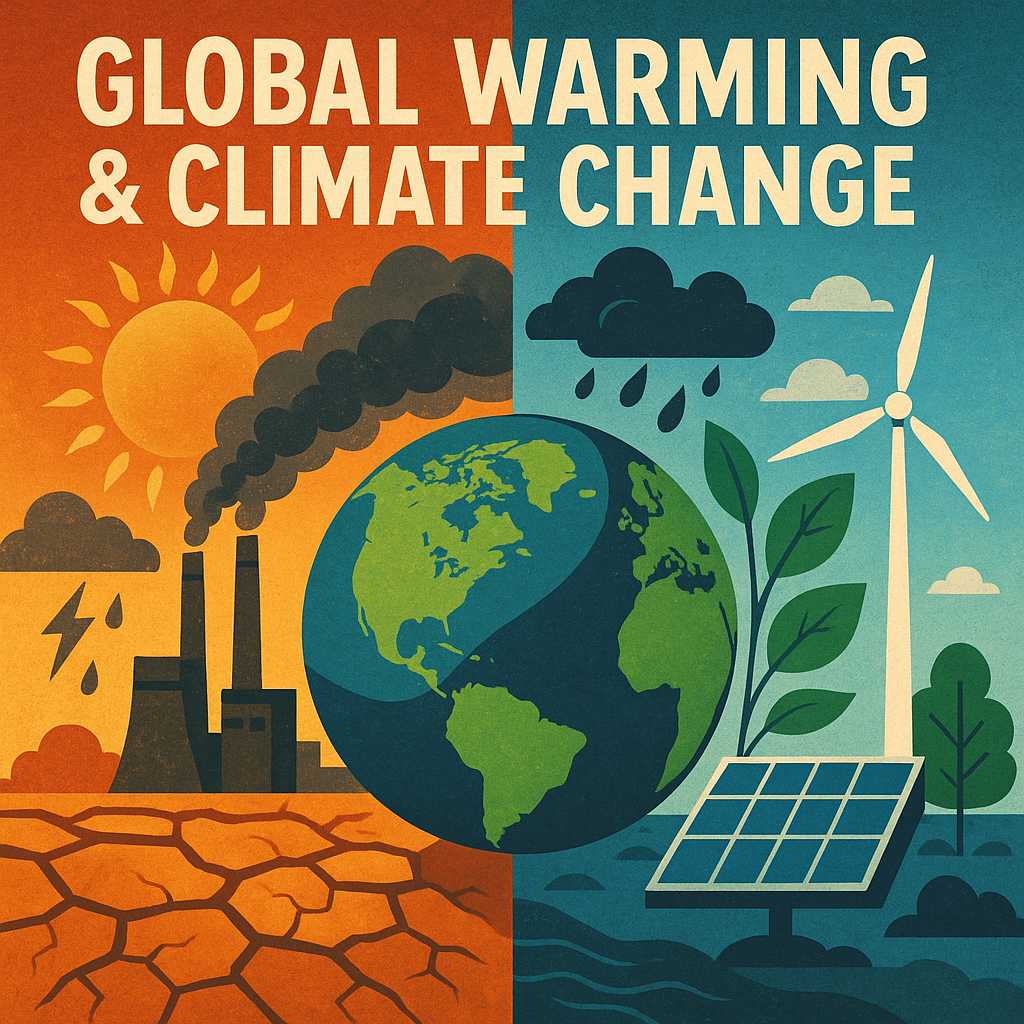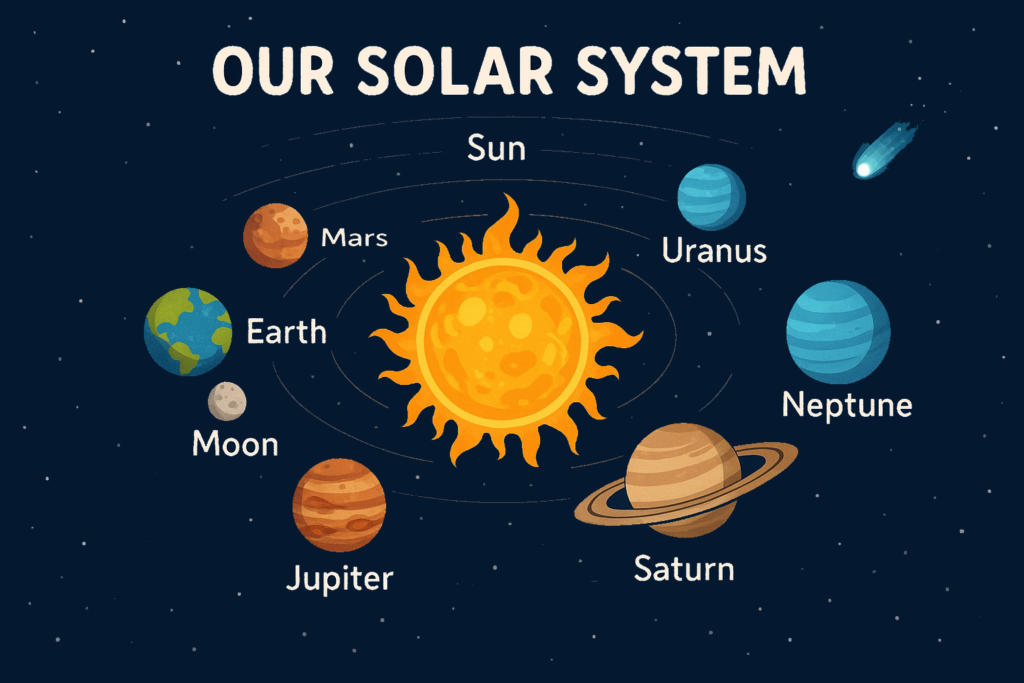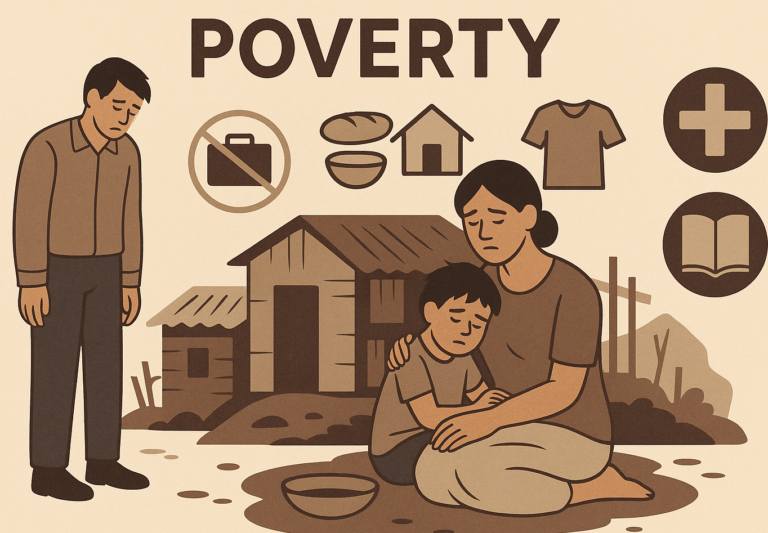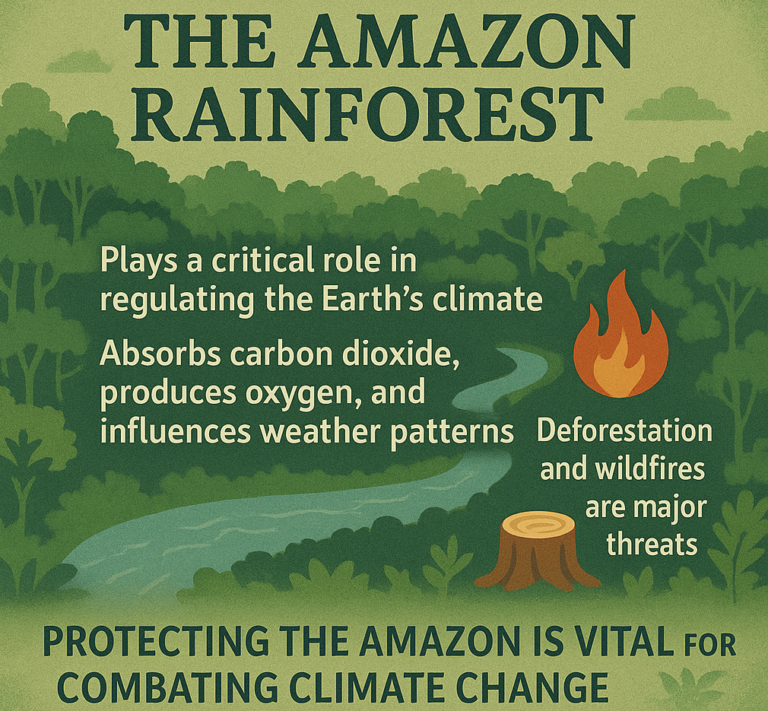Global Warming and Climate Change: An Easy-to-Understand Explanation
Global warming and climate change are two of the biggest environmental challenges facing the world today. While they are often used interchangeably, they refer to slightly different things. Here’s an easy-to-understand explanation of both concepts, how they’re related, and why they matter to everyone on Earth.

What is Global Warming?
Global warming refers to the gradual increase in Earth’s average temperature over time, especially over the last century. This warming is primarily caused by human activities that release certain gases into the atmosphere, trapping heat from the Sun. This is often called the greenhouse effect.
The Greenhouse Effect:
- Normally, the Earth receives energy from the Sun in the form of light and heat. Some of this heat is absorbed by the Earth’s surface, and the rest is reflected back into space.
- However, certain gases in the Earth’s atmosphere, known as greenhouse gases, trap some of this heat, preventing it from escaping back into space. These gases act like a blanket around the Earth, keeping it warmer than it would be otherwise.
- Common greenhouse gases include:
- Carbon dioxide (CO₂): Released by burning fossil fuels (like coal, oil, and gas), deforestation, and industrial activities.
- Methane (CH₄): Released by livestock, agriculture, landfills, and natural gas production.
- Nitrous oxide (N₂O): Released by agricultural activities, industrial processes, and burning fossil fuels.
While the greenhouse effect is a natural and necessary process to keep the Earth warm enough to support life, human activities have increased the concentration of these gases, which has amplified the greenhouse effect, leading to global warming.
What is Climate Change?
Climate change refers to long-term changes in the average weather patterns of the Earth. While global warming is a major driver of climate change, climate change also includes changes in precipitation, wind patterns, storm activity, and other weather patterns over decades and centuries.
In simpler terms:
- Global warming refers specifically to the rising temperature of the Earth.
- Climate change refers to broader shifts in the Earth’s overall climate patterns, which include not only temperature but also things like rainfall, seasons, and extreme weather events.
For example, as global temperatures rise, regions that were once cool may experience more heat, while areas that were traditionally dry may get more rain, leading to floods.
How Are Global Warming and Climate Change Linked?
Global warming (the increase in global temperatures) is the main cause of climate change. As the Earth’s temperature rises, it triggers a series of changes in the climate, including:
- Melting ice and snow: Rising temperatures cause polar ice caps, glaciers, and permafrost to melt, leading to rising sea levels.
- Rising sea levels: As more ice melts and ocean water warms, it expands, causing sea levels to rise, which can flood coastal areas.
- Shifts in weather patterns: Warmer temperatures can cause changes in precipitation patterns, leading to droughts in some areas and heavy rains or floods in others.
- More extreme weather events: Global warming has been linked to more frequent and intense storms, hurricanes, heatwaves, and wildfires.
This is why the terms “global warming” and “climate change” are often discussed together—one is the cause, and the other is the result.
Why Should We Care About Global Warming and Climate Change?
- Health Risks:
- Global warming and climate change can cause extreme weather events like heatwaves, which increase the risk of heat-related illnesses and deaths.
- Rising temperatures can also expand the range of diseases carried by insects, such as malaria and dengue fever, which were previously found in warmer regions.
- Rising Sea Levels:
- Melting ice and expanding oceans are causing sea levels to rise, threatening coastal cities and communities. This could displace millions of people, especially in low-lying areas like islands and river deltas.
- Extreme Weather Events:
- More intense hurricanes, droughts, floods, and wildfires can damage homes, infrastructure, and entire communities. For example, stronger hurricanes like Hurricane Katrina and Hurricane Maria have caused massive destruction.
- Longer droughts in some areas can lead to water shortages and crop failures, impacting food supply and agricultural economies.
- Ecosystems and Wildlife:
- Climate change is altering the habitats of many species, leading to the loss of biodiversity. Some animals and plants cannot adapt quickly enough to the changing environment and may face extinction.
- Coral reefs, which are sensitive to temperature changes, are dying off due to warmer oceans, affecting marine biodiversity.
- Agriculture and Food Security:
- Changes in temperature, rainfall, and growing seasons can reduce agricultural productivity. This may lead to food shortages, price increases, and more difficult living conditions for people dependent on farming.
- Economic Impact:
- The cost of rebuilding after natural disasters, dealing with health issues, and adapting infrastructure to deal with extreme weather can be incredibly expensive for governments and businesses. This could strain economies, particularly in poorer regions.
What Can Be Done to Fight Global Warming and Climate Change?
- Reducing Greenhouse Gas Emissions:
- Switching to clean energy: Using renewable energy sources like solar, wind, and hydropower instead of burning fossil fuels can reduce carbon emissions.
- Energy efficiency: Using energy more efficiently in homes, industries, and transportation can help lower emissions. For example, switching to electric vehicles, using energy-efficient appliances, and insulating homes can reduce energy consumption.
- Conserving Forests:
- Trees absorb carbon dioxide, so protecting forests and planting more trees can help offset some of the CO₂ emissions. Deforestation, or cutting down trees, makes the problem worse by releasing carbon stored in trees back into the atmosphere.
- Adopting Sustainable Agriculture:
- Changing agricultural practices to reduce methane emissions from livestock and improving soil health can help reduce the impact of farming on the environment.
- Promoting Recycling and Waste Reduction:
- Reducing waste and recycling materials like plastic and metal can help lower emissions from landfills and the production of new materials.
- International Agreements:
- Global cooperation is essential to address climate change. Agreements like the Paris Agreement aim to unite countries in efforts to limit global warming and reduce emissions. Each country must commit to reducing its carbon footprint.
Conclusion:
Global warming and climate change are real, urgent issues that affect all of us, no matter where we live. The science is clear: human activities are driving the rise in temperatures, and the impacts are already being felt around the world. However, we have the power to act. By reducing emissions, using clean energy, and adopting sustainable practices, we can limit the damage and work towards a healthier, more stable planet for future generations.











